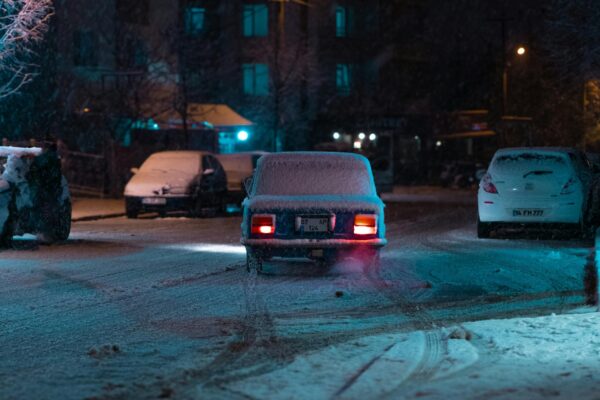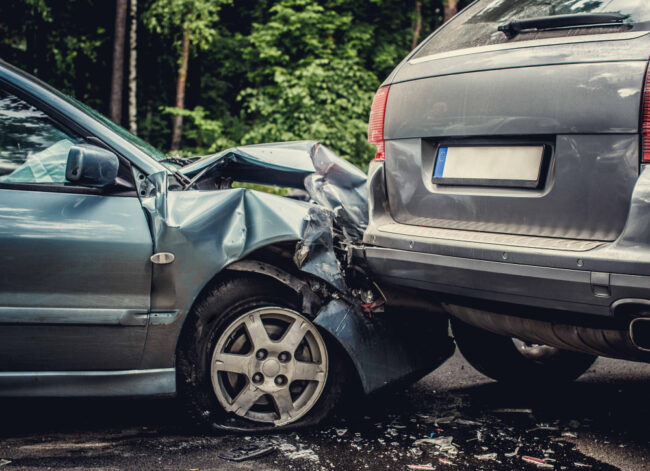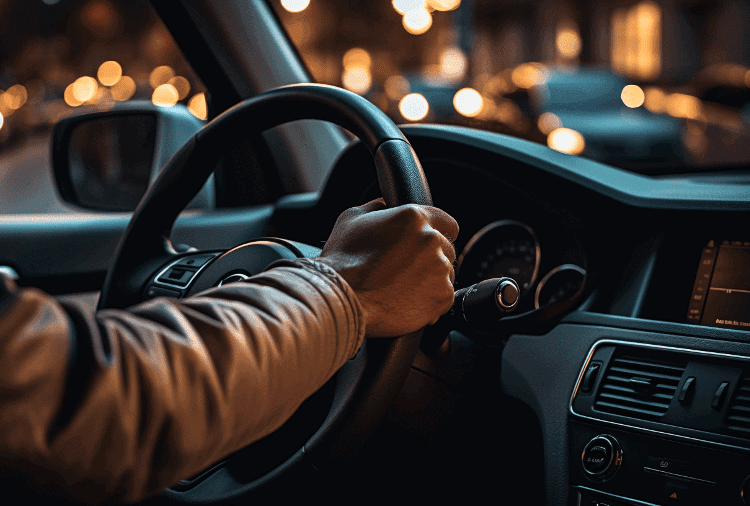Don’t you check the weather before heading out? Almost everyone does that.
But sometimes, a sunny day turns cloudy, or a drizzle becomes a downpour. While you can’t control the weather, you can be aware of how it affects your drive.
Each year in the U.S., bad weather is linked to over 1.2 million car crashes. That accounts for about 21% of all accidents on the road. More accidents mean more lawsuits because a part of these mishaps stem from driver negligence. That means victims have a legal right to file for compensation for damages and pain.
Here, we’ll help you understand how weather can cause a crash and share advice on what to do if it happens to you and you want to file a claim.
Contents
How Does Bad Weather Cause Car Accidents?
Here’s how bad weather leads to car accidents:
1. Reduced Visibility Impairs Judgement
To drive safely, the most important thing is to be able to see what lies ahead. Heavy rain, dense fog, and falling or blowing snow reduce visibility. This makes it difficult for a driver to accurately judge distances, identify potential hazards like pedestrians, and react on time.
The failure to reduce speed to match the limited sight distance further compounds the danger.
Fog, in particular, presents a particularly insidious threat. Annually, it contributes to over 38,700 crashes, killing more than 600 people. Slowing down and using fog lights or low beams can help. But many drivers forget to adjust, leading to rear-end collisions and pile-ups.
2. Slippery Roads Lead to Skidding
Traction is the friction between a vehicle’s tires and the road surface. This grip is what allows a driver to steer, accelerate, and brake effectively.
Water, snow, and ice act as lubricants, creating a barrier that drastically reduces this friction. That’s when your vehicle starts skidding. That is, sliding in a direction you didn’t intend, and you lose steering control.
Even a drizzle can make roads greasy, especially if it hasn’t rained in a while and oil has built up.
To stay safe, drive gently in slippery conditions. Avoid quick turns, ease into braking, and give yourself more space to stop.
3. Heavy Winds Destabilize Vehicles
High winds are an often-overlooked but significant weather hazard for drivers. These forces can directly impact a vehicle’s stability and create secondary dangers on the roadway.
The most direct effect of high wind is on vehicle control. Strong crosswinds, which blow perpendicular to the direction of travel, can exert significant force on the side of a vehicle. That pushes it off its intended path and causes it to swerve or drift into adjacent lanes.
Semi-trucks, buses, and RVs, in particular, are susceptible to being rocked, destabilized, or rolled over by powerful gusts.
That is why it’s best to slow down, keep both hands on the wheel, and give extra space to larger vehicles.
Steps to Take After a Crash Caused by Poor Weather
Even with the best precautions, accidents can still happen. If you find yourself in a crash and the weather plays a role, here’s a car accident checklist to help you navigate the aftermath.
1. Report the Accident Immediately
Your first move should be to call 911. This gets police and emergency medical services on their way.
A police report is an official record of the crash. According to Loewy Law Firm, this report documents important details of the crash, including how the accident happened, the people involved, and any citations issued.
The officer also notes the weather and road conditions, which can help show what happened.
2. Take Photos and Videos
Your smartphone is one of your most powerful tools after an accident. Use it to take as many photos and videos as you can. Your goal is to tell a visual story of what happened, so capture not just the damage but the entire scene.
To create a comprehensive evidentiary record, take wide-angle photos and videos of the entire scene from multiple vantage points. Document the damage to all vehicles involved.
Don’t forget to capture pictures of the other driver’s license, insurance card, and license plate.
3. Seek Medical Care
After a crash, you might feel shaken but otherwise fine. Still, it’s important to see a doctor as soon as possible.
The shock of an accident causes your body to release a rush of adrenaline and endorphins. These chemicals are powerful, natural painkillers that can completely mask the symptoms of serious injuries.
Many common injuries from car accidents, like whiplash, have delayed symptoms. You might not feel pain, stiffness, or dizziness for hours or even days.
The time-stamped medical record stands as crucial evidence for a personal injury claim. Delaying treatment gives the at-fault party’s insurance company a chance to dispute your claim by suggesting your injuries weren’t serious or happened after the accident.
4. Get Legal Help
Many people think that if bad weather causes an accident, no one is at fault. This is not true.
Every driver has a legal “duty of care” to operate their vehicle safely under the current conditions. This means slowing down in rain, leaving more space on the ice, and using headlights in fog.
If another driver crashes into you because they failed to adjust their driving for the weather, they can be found negligent. A car accident lawyer can help you prove this. They gather evidence like the police report, your photos, and weather data to show that the other driver was not being careful enough.
Be Prepared, Not Scared
Dealing with bad weather on the road can be stressful, and an accident is something no one wants. But you can drive more safely when you understand the real dangers.
If you’re ever in a crash, knowing what to do next can really help. Remember to prioritize safety, document everything, and seek both medical and legal help. Staying informed, practicing caution, and preparing for the unexpected can go a long way in protecting yourself and others on the road.




